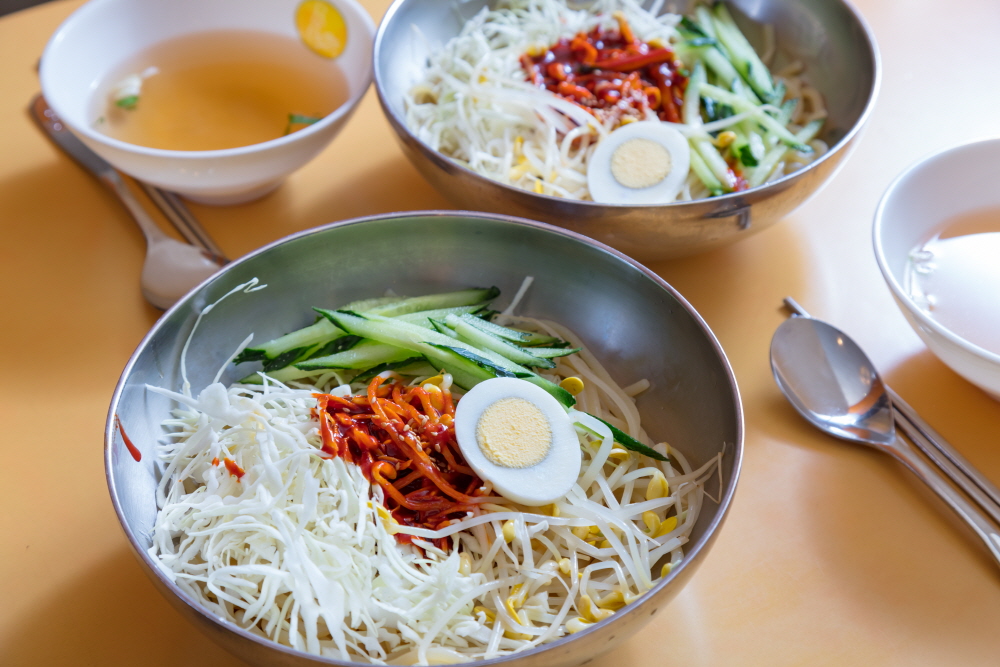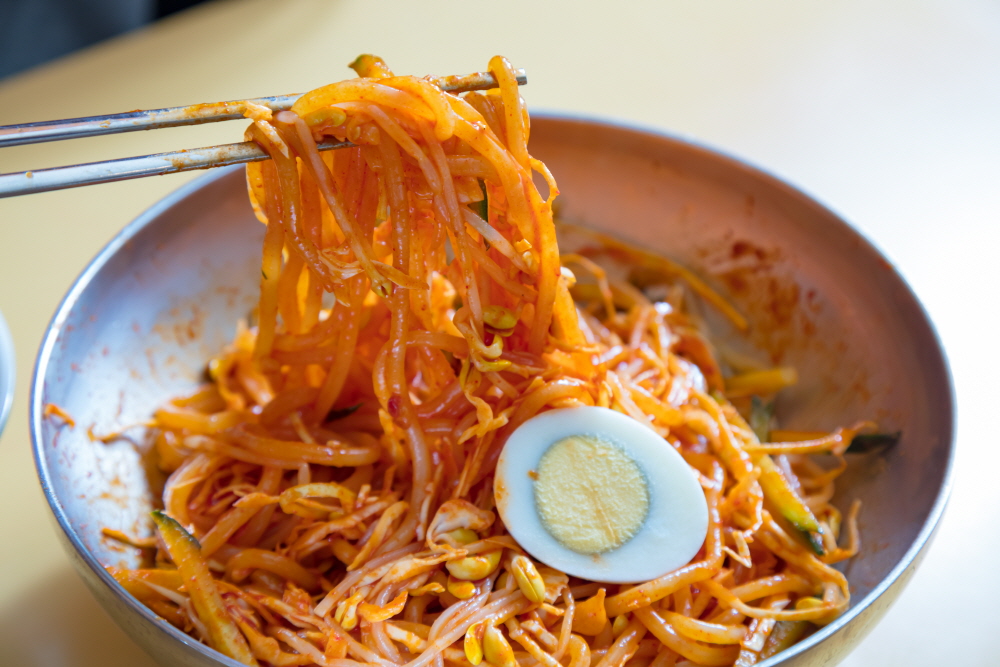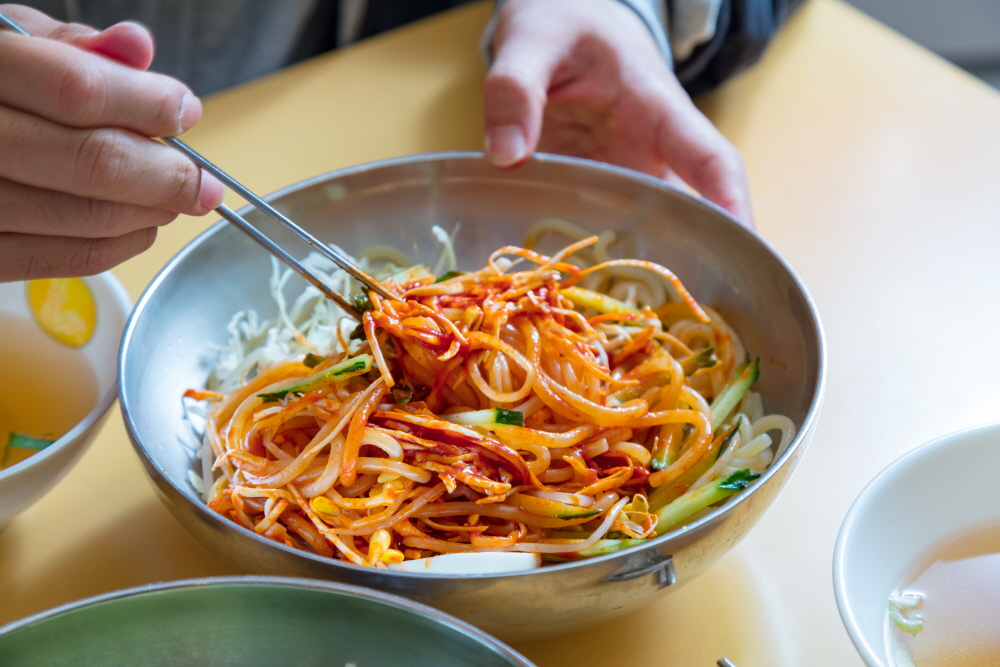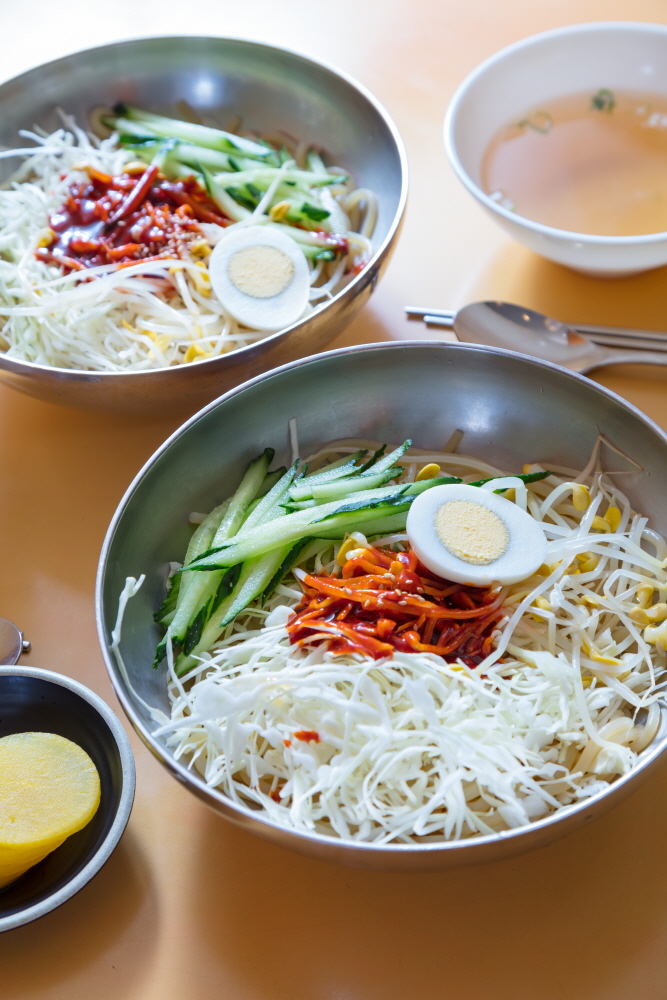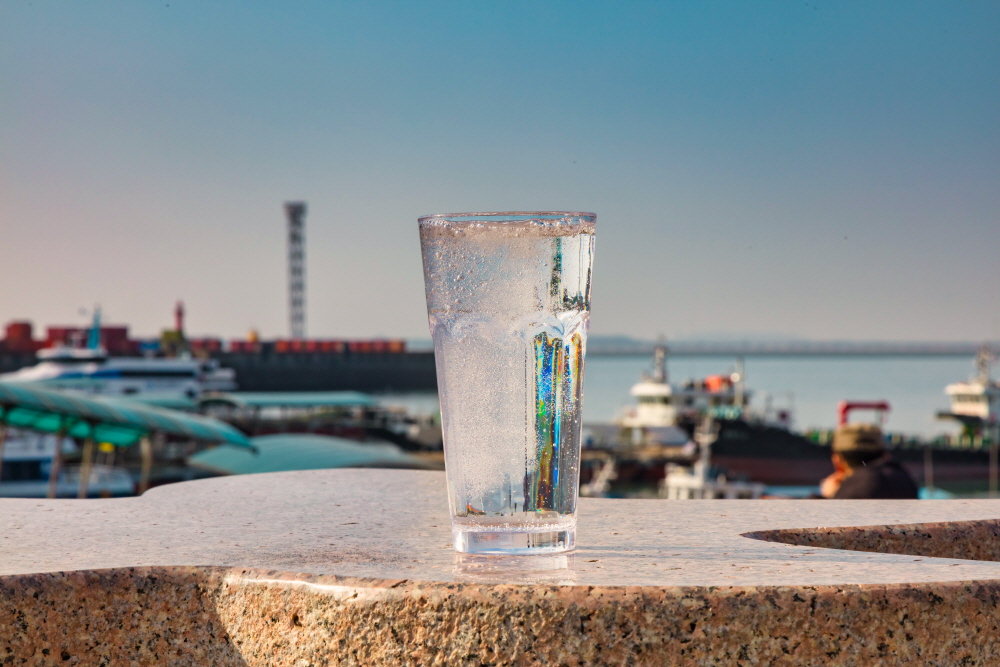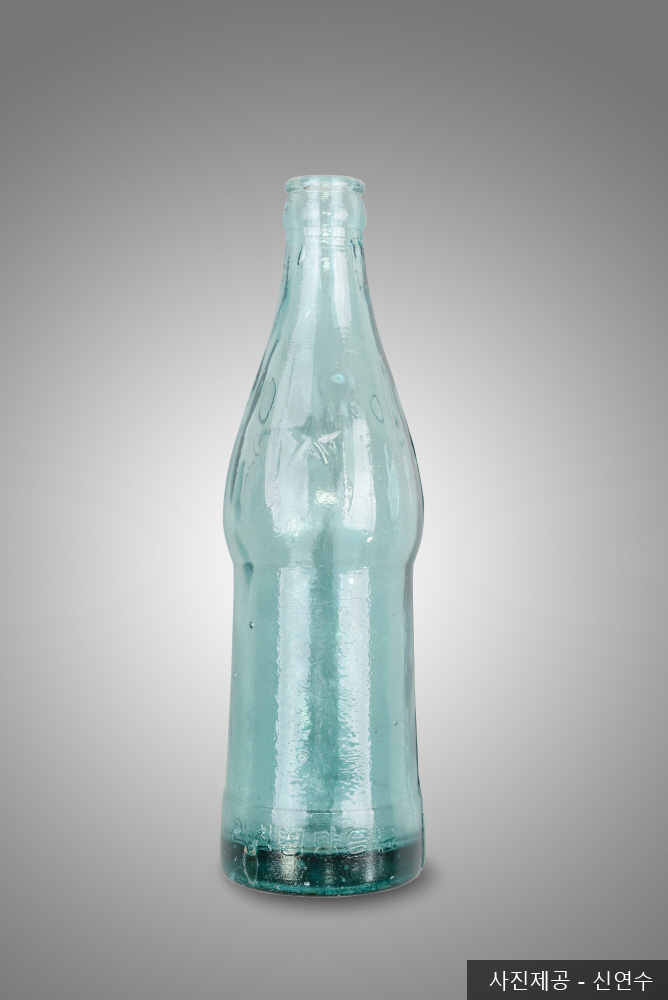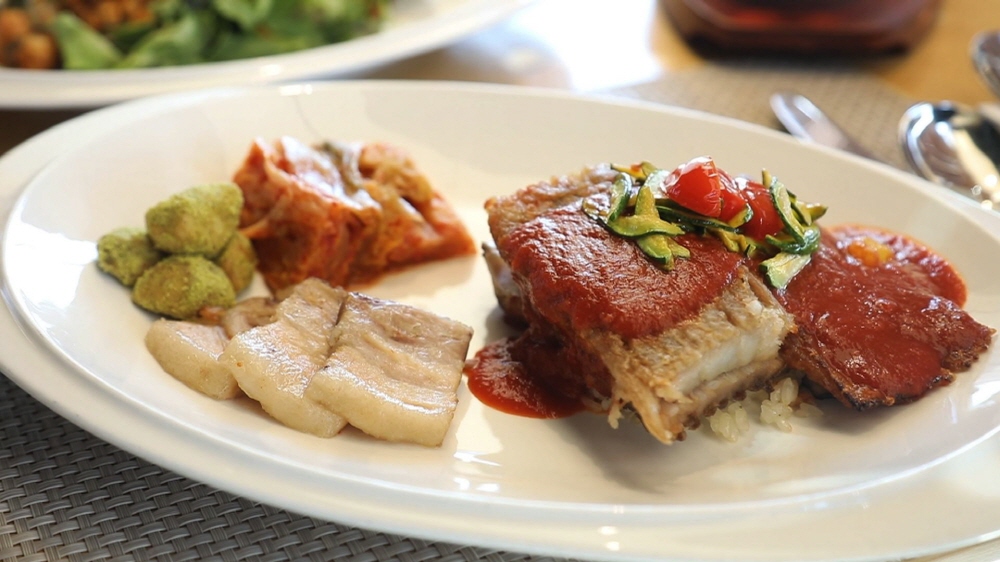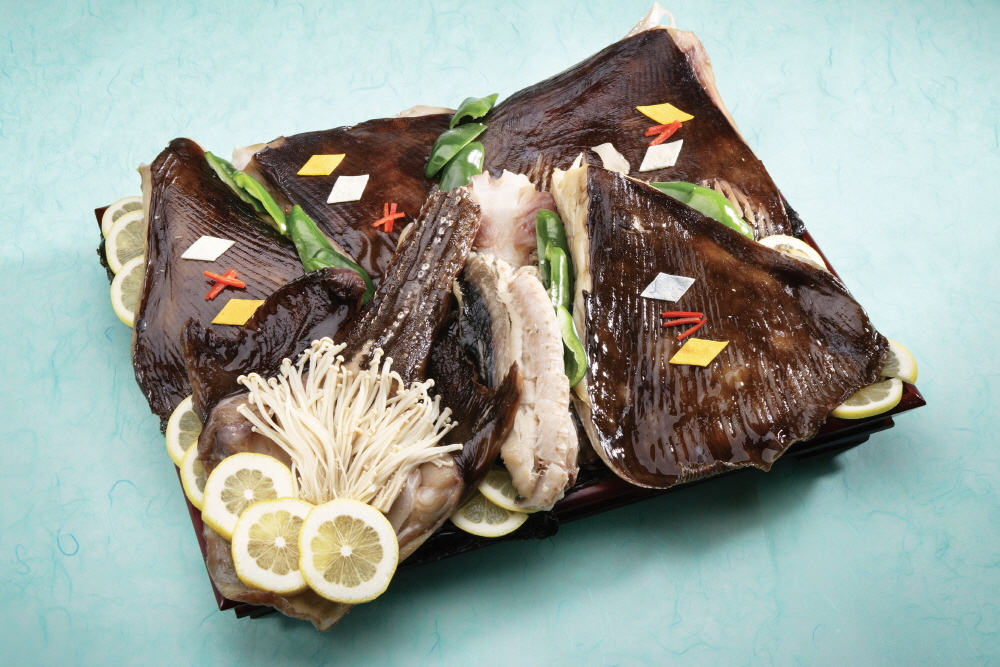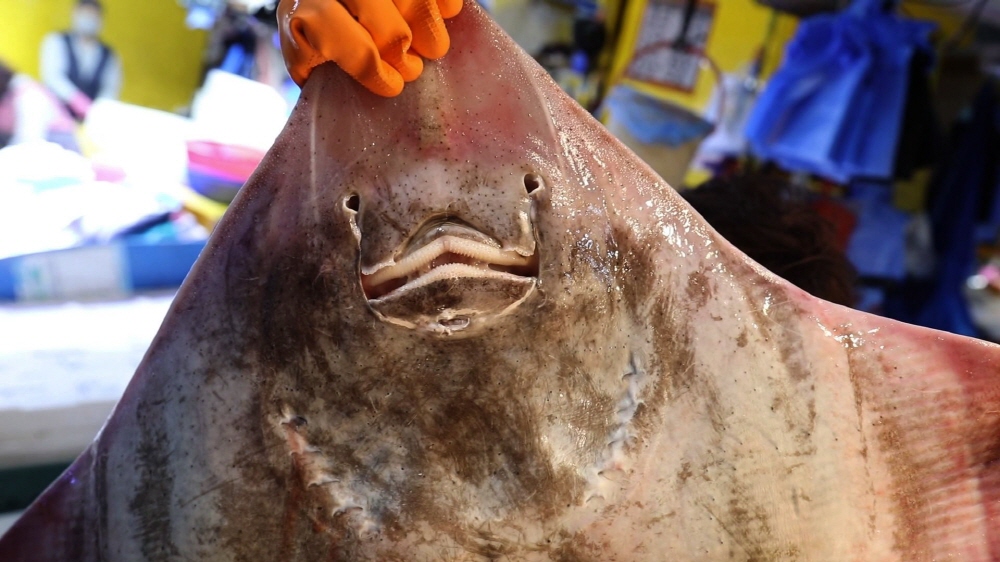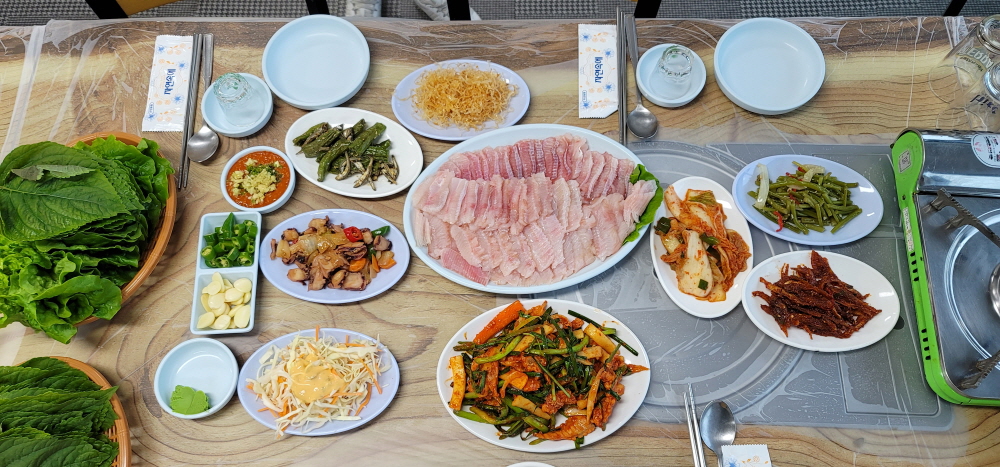Incheon is the starting point of Korea’s transition to modernity. After the port was opened in 1883, modern and Western culture and technology first landed there, spreading across the Korean Peninsula. The history of modern hotels, railways, and lighthouses in Korea all begins in Incheon. The same goes for food. We’ve compiled a list of foods that originate from Incheon, further developed in Incheon, and thus are “Made in Incheon.”
Noodles in Black Bean Sauce (Jjajangmyeon)
Noodles in black bean sauce, or jjajangmyeon, is a food created by a fusion of Korean and Chinese food cultures. After the opening of the Port of Incheon, many Chinese laborers, called as coolies, from Shandong made their way as dock workers, bringing with them a demand for a simple meal that they could eat while working. The members of the Chinese diaspora in Incheon picked up the challenge, and the answer came in the Zhajiangmian, a noodle dish originating from Shandong, adopted for Korean preferences to become the Jjajangmyeon. The hands behind the Noodles in black bean sauce as we know it today have been forgotten in history, but what sold the noodles for the first time is known to be Gonghwachun, a restaurant that opened in 1905 in Incheon’s Chinatown. Today, a museum dedicated to these delectable noodles stands at the former site of Gonghwachun: the Jjajangmyeon Museum, which tells the story of the Noodles in black bean sauce to the visitors of Incheon Chinatown.
Spicy Chewy Noodles (Jjolmyeon)
The addictive combination of chewy noodles with a sweet-and-spicy sauce was created in the 1970s in Incheon by mistake. Its Origin Story In the early 1970s, Gwangsin Jemyeon, a noodle-making factory situated in Incheon, mistakenly produced the noodles used for cold buckwheat noodles such that they became thicker than usual. The noodles were rejected for sale and ended up in the hands of Mannadang, a nearby snack eatery, where they were tossed with chili paste–based sauce to create the spicy chewy noodles that we love today. In other words, a creative solution reached by a neighborhood snackery invented one of the most recognizable dishes in Korean snack foods. Others say that these noodles were, in fact, a product of a long R&D process to make a more delicious and unique variety of noodles. But no matter what their origins are, it is true that the snackeries near Gwangsin Jemyeon, namely, Mannadang, Manbokdang, and Myeongmuldang, were the epicenter of this new noodle dish. While most snackeries have been lost over time, Manbokdang still stands in its original place, half a century later, to continue the tradition of these noodles.
“Cider”
“Even if we’ve got some cider by the Incheon shore, we need a cup to get it to pour.” So did the late comedian Seo Yeong-chun sing the praise of the “cider” in the 1960s. “Cider,” referring to a carbonated soft drink, came to Korea through Incheon, where it was produced for the first time in Korea as well. In 1905, Matsutaro Hirayama, a Japanese businessperson, established the Incheon Aerated Water Factory in Sinheung-dong, Jung-gu, and came up with the first soft drink brand in Korea, “Star Cider.” The beverage proved to be popular to the extent that the trains between Seoul and Incheon then carried advertisements for the beverage. The word “cider” refers to a light alcoholic beverage made by fermenting apples. In 1850, a carbonated beverage infused with the taste of apple cider was created in Japan, eventually becoming the soft drink that is still enjoyed across Korea today.
Skate from Daecheongdo Island
Daecheongdo Island is the largest producer of skate in Korea. Catching skate was an integral part of the economic activities on the island, and the people of Daecheongdo Island have a tradition of enjoying the sliced raw skate. Heuksando Island is often thought of as the premier producer of skate in Korea, but the method the fishers of Heuksando Island use to catch the fish, “geollak” (bait-less fishing), originates from Daecheongdo Island. In 2014, including Mottled skate, 800 t of skate were produced in Incheon, almost 300 t more than the 502 t produced in Jeollanam-do. Skate tend to live in cold water, at about 100 m below sea level. They tend to stay near Daecheongdo Island in summer and move to Heuksando Island in Jeollanam-do in winter. The people of Daecheongdo Island enjoy their skate fresh, in contrast to the fermented skate more famous across Korea. Daecheongdo islanders favor freshness and chewy texture, so skate is either consumed raw or dried to make soup.
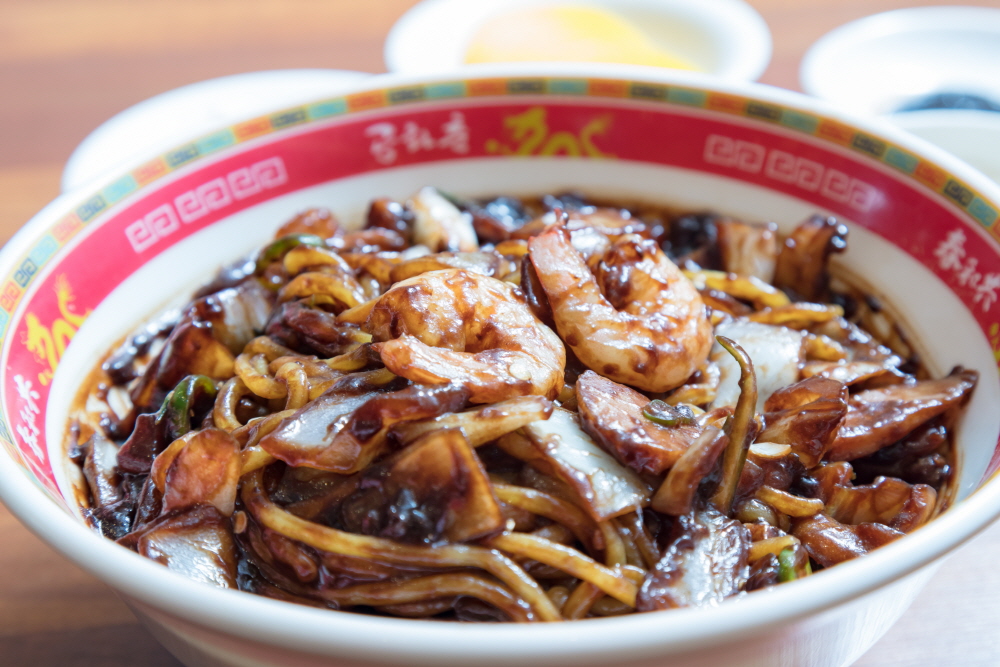
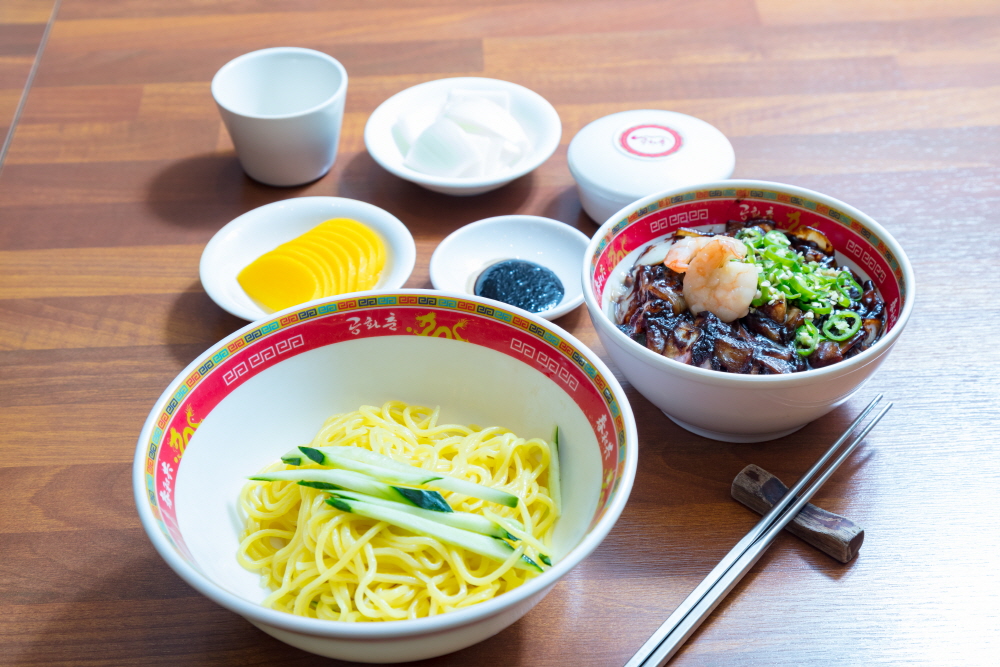
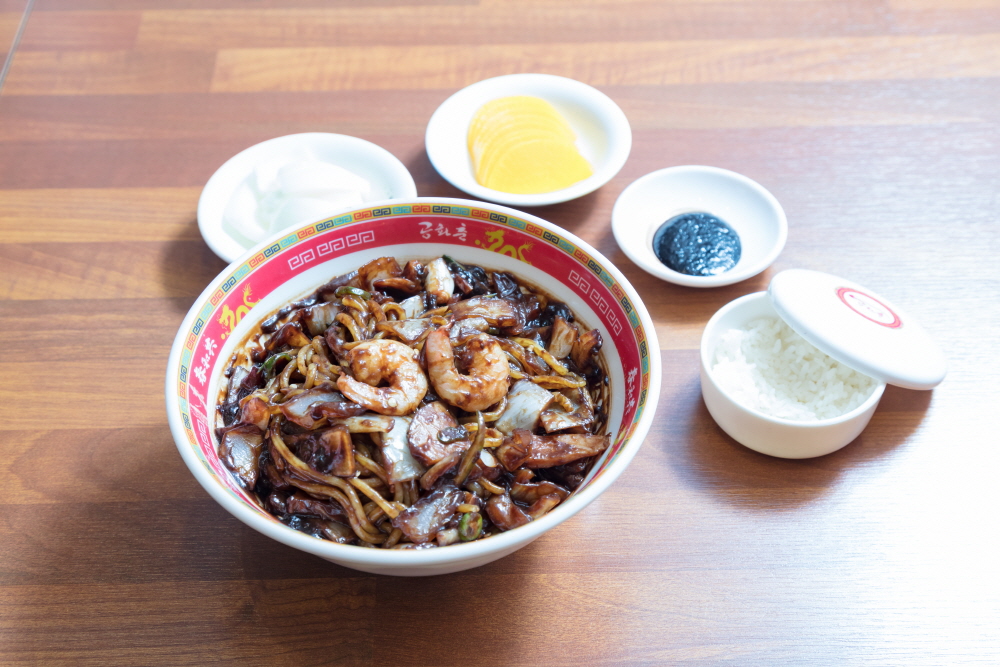
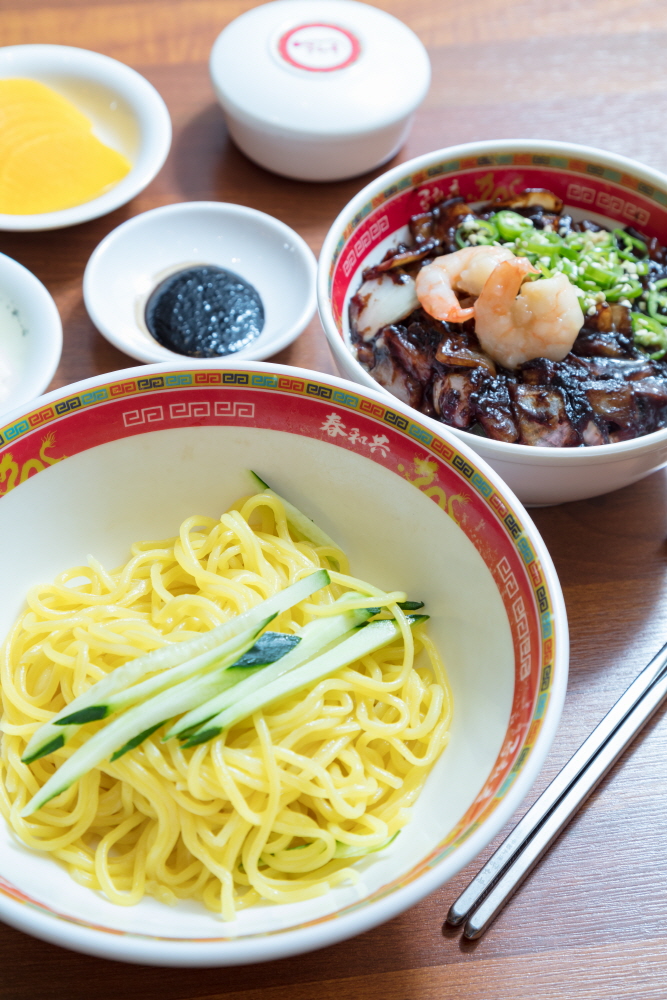



 1350
1350


